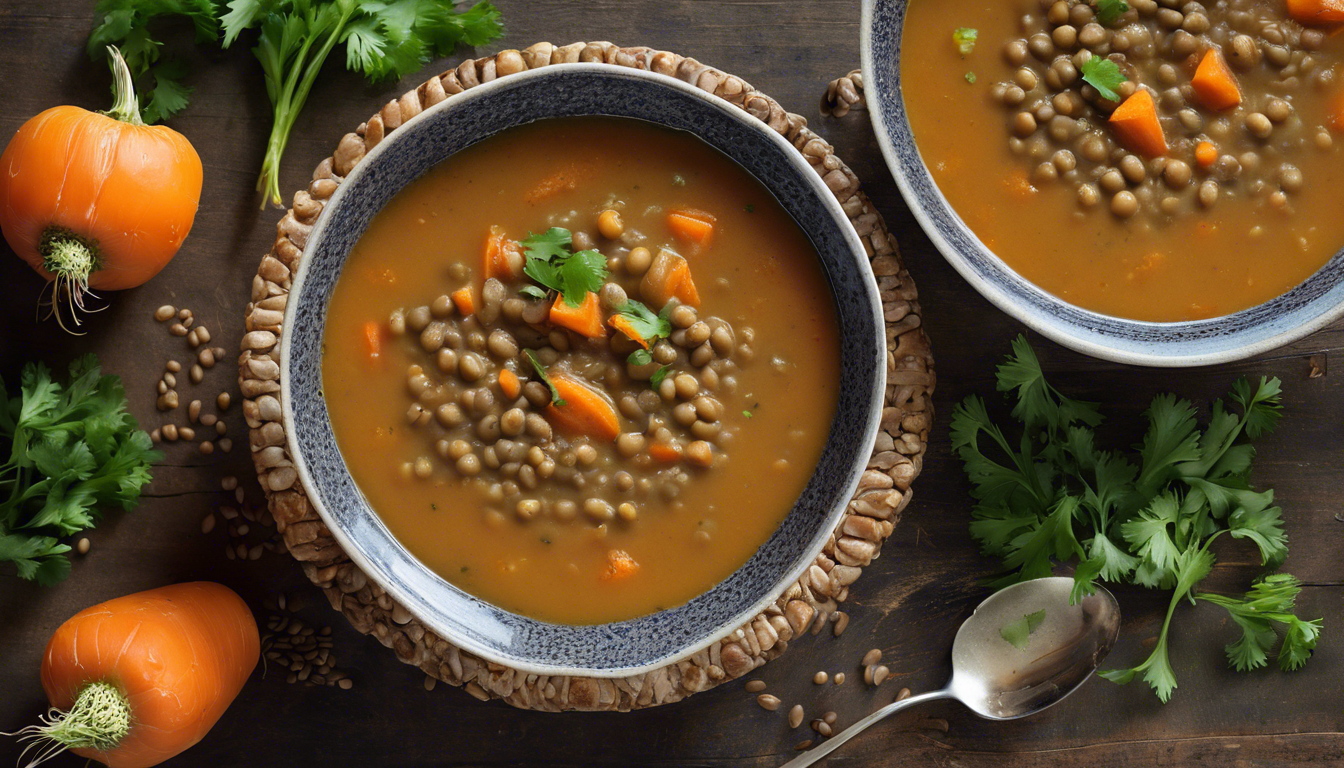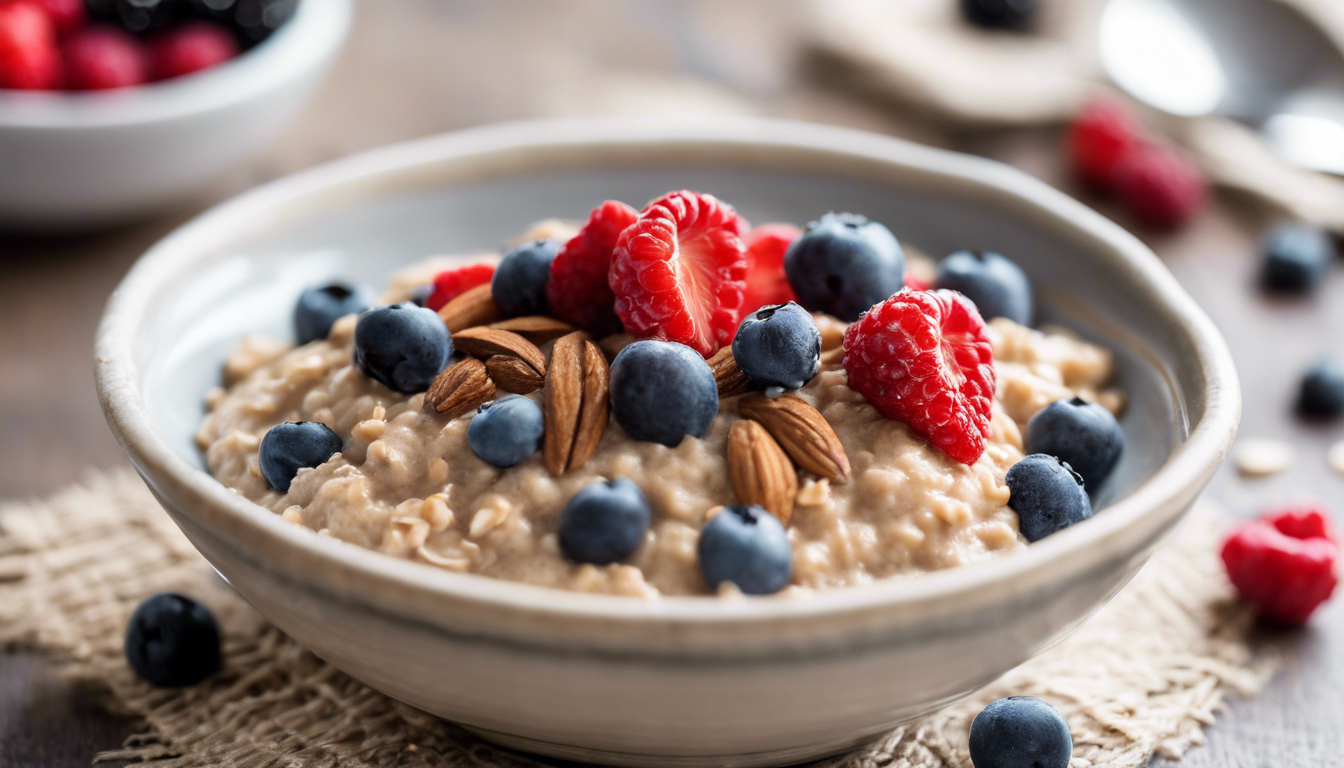
Nutritional needs for children on vegan diets
Delving into the world of plant-based nutrition for kiddos can feel like uncharted territory for many parents. The air is rife with concerns — will my child sprout like a beanstalk on a vegan diet or end up as listless as overcooked spaghetti?
First things first, kids are not pint-sized adults, and their dietary needs are as unique as their fingerprints. A growing child’s dietary needs involve a symphony of nutrients that work together to support their energy-packed days and developmental leaps.
Let’s talk about the VIPs of nutrition for young vegans. Proteins are the building blocks of life, quite literally, involved in everything from muscle repair to enzyme creation. Plant-based munchkins can get their protein jam through lentils, beans, chickpeas, tofu, and tempeh. Another groove-worthy nutrient is calcium, essential for building strong bones and teeth. While dairy is the famous poster child for calcium, fortified plant milks, leafy greens, and tahini are solid plant-based high-fivers.
Iron is another must-have on the list, especially since iron deficiency is as common as a playground cold. Little vegans can stock up on iron from legumes, fortified cereals, seeds, and leafy greens. Combo moves like pairing iron-rich foods with vitamin C-rich foods will have them absorbing iron like little champs. And let’s not say goodbye to omega-3 fatty acids — paramount for brain development. Chia seeds, flaxseeds, walnuts, and hemp seeds are the omega superheroes in the plant world.
Vitamins — yes, those are crucial too. Vitamin B12, often touted as the elusive vegan nutrient, need not be the boogeyman of the plant-based world. Fortified foods and supplements can help maintain B12 levels that would make any pediatrician give a thumbs up. Vitamin D, the sunshine vitamin, is another that requires attention, but accessible in fortified foods and, evidently, soaking up some sun.
In the act of busting myths, let’s not paint a picture of perfection. Vegan diets for kids can meet all their nutritional needs but it requires a melody of planning, knowledge, and attention to detail. It is not about winging it on wishes and kale; it involves a patchwork quilt of diverse foods and maybe popping a supplement or two for extra measure.
In essence, vegan kids can thrive, twirl, and cartwheel their way through childhood, with every nutritional note hit with precision. It’s a harmony of good food, smart planning, and debunking myths with every bite.
Cognitive and physical development outcomes
Now, onto a topic that’s as hot as a summer afternoon at the playground: cognitive and physical development outcomes for children fueled by plants. The whispers at the water cooler suggest that without animal products, kids might not reach their developmental milestones. But let’s cut through the tall tales and focus on the facts.
Research is like a kaleidoscope, ever-shifting, and when it comes to vegan munchkins, the picture it paints is quite promising. Sure, a child’s development is like a delicate dance between genetics and environment, and nutrition is the lead partner here. A balanced vegan diet, brimming with a variety of fruits, vegetables, whole grains, nuts, seeds, and legumes, can provide the energy and nutrients necessary for proper cognitive and physical development.
The key to powering up a child’s brain isn’t tucked away in a secret meat locker. In reality, the brain is like a luxury car — it runs on high-quality fuels. Omega-3 fatty acids from flaxseeds and walnuts, for instance, are prime contenders for maintaining healthy brain functions and supporting cognitive development. Have you ever seen a sharp-minded kid crack a walnut? That could very well be their brainpower on display.
Speaking of muscles, who says you need a steak to build them? Proteins from beans, lentils, and tofu are more than capable of supporting a child’s physical growth and muscle development. Many vegan kids are not just keeping up with their non-vegan peers; they’re out-hopping, out-running, and out-playing them in the park.
It’s like we’ve been handed a treasure map with “X” marking the nutritional spot. For instance, Iron, essential for healthy blood and muscles, is treasure trove material, and can be sourced from plant foods like lentils and spinach. By following the map of a well-rounded vegan diet, children can uncover all the developmental riches they need.
Physical activity is yet another gold coin in development. Glide your eyes across the playground, and you might spot vegan kids scaling the jungle gym with energetic ease. This isn’t random chance; it is often the result of conscious meal planning that fills their little bodies with vigor.
And before you fear that a child’s height might be stunted without cow’s milk, let the evidence rise like dough. Children on plant-based diets can attain proper growth so long as they’re consuming adequate calories and nutrients. It is not about the source; it is about the nutritional content.
In the end, the groundwork for strong development rests on a diet that’s varied and adequate in energy and nutrients. Vegan diets, executed mindfully, are not just a pathway to good health; they’re a jumping-off point for children to potentially excel in all areas of growth and development.
So, as the sun sets on old wives’ tales, it seems the new dawn for vegan whippersnappers is looking bright and bustling with potential. Next time you’re at a parent-teacher conference and someone raises an eyebrow at your child’s plant-based lunchbox, remember the power of facts and a solid nutritional plan. It’s the real secret sauce (or should we say, smoothie?) to development that is as robust as it’s plant-powered.

Addressing potential deficiencies in vegan diets
All right, imagine your child’s body is a bit like a complex puzzle, and you’re the one in charge of fitting all the pieces together to create a vibrant, full picture of health. One of the biggest hiccups that parents face when piecing together a vegan diet puzzle for their mini-mes is the potential for certain nutritional gaps — call them the missing corner pieces that make the picture complete.
When it comes to vegan diets, one classic concern is Vitamin B12. It’s naturally found in animal products, but plant-eaters, have no despair! A sprinkle of magic in the form of fortified foods like plant milks, breakfast cereals, and nutritional yeast, or a simpler B12 supplement, can keep those levels sailing smoothly.
Next up, there’s the issue of Iron. There’s a myth floating around that only Iron Man himself can get enough iron without eating meat. Pish posh! Plant-based iron from leafy greens and lentils just needs a sidekick in vitamin C. Ponder oranges, red peppers, or strawberries to boost absorption. It’s like they are doing a superhero fist-bump, making iron work harder for your child’s health.
Now, let’s talk Omega-3s — these are like the brainy nerds of fatty acids, and finding them without fish can seem as tricky as a scavenger hunt. But vegans can ace this game with plant sources like algae-based supplements along with those omega-3 powerhouses like walnuts and chia seeds. Talk about slick planning for a sharp mind!
Another point on our checklist is Calcium, the stalwart of strong bones. Gone are the days when cow’s milk had the monopoly on this mineral. Hello to fortified plant milks, collard greens, and almond butter, all of which are ready to fortify your child’s frame, one delicious bite or sip at a time.
Finally, let’s shed some light on the sun-kissed nutrient, Vitamin D. The big, bright sun is our main source, but let’s be real — not everyone has the privilege of year-round sunshine. For those cloudier climates, fortified foods and Vitamin D supplements can fill the gap, ensuring that your child doesn’t miss out on the so-called “sunshine vitamin.”
Addressing these potential deficiencies doesn’t have to be as dull as a dictionary. It can be an adventure in meal preparation, a challenge to sneak in those essential nutrients in the most delicious ways possible. Who knew that a smoothie with spirulina, a sprinkle of nutritional yeast on popcorn, or a sneaky side of kale could be secret agents in your quest for optimum health?
It is worth mentioning that while tackling these nutrition puzzles can seem daunting at first, with a bit of research and some creative culinary spins, you’ll find that it can be both fun and fulfilling. And ensuring a varied and balanced diet will help those puzzle pieces click into place, crafting a picture of health that’s as complete as it’s compassionate. Vegan children can indeed blossom with the proper nutrients — no smoke and mirrors needed, just good old-fashioned planning and a sprinkle of plant-based love.
Strategies for balanced vegan meals in childhood
Assembling balanced vegan meals for kids is like a game of Tetris — you’re aiming for the perfect fit with a splash of color. The key is to ensure these meals are not only nourishing but also enjoyable, because let’s face it, a child’s appetite is not just fueled by nutrients but also by a love for what’s on their plate.
So grab your culinary wand and let’s conjure up some strategies to ensure that every meal is a vibrant medley of health and flavor. Start with a rainbow approach to cooking; incorporate a variety of colorful fruits and vegetables in your child’s diet. Not only are they visually appealing, but they also provide a wide range of vitamins and antioxidants. Imagine a plate dotted with ruby red tomatoes, sunny yellow peppers, and emerald green broccoli — it’s a feast for the eyes and the body.
In the realm of plant-based proteins, ponder outside the box. Beyond the usual suspects like tofu and lentils, explore the wonders of quinoa and amaranth. These ancient grains are not just rich in protein; they’re also fantastic sources of fiber and essential amino acids. Serve them up in pilafs, porridge, or mixed into veggie burgers for a fun twist.
Don’t forget to make friends with healthy fats. Avocado slides onto the scene like a creamy dream, ready to top toast or blend into smoothies. Nuts and seeds can sing backup as crunchy toppers for salads or oatmeal. By incorporating these, you’re not just adding layers of taste but also providing essential fatty acids that support overall growth.
When it comes to carbs, opt for the whole and wholesome variety. Whole grain breads, pastas, and rice are the energy providers that children need to fuel their adventures. They deliver not just calories but also a bounty of B-vitamins and fibers. These are the trusty steeds carrying knights to victory in the playground jousts of everyday life.
A sneaky yet effective tactic is to incorporate veggies and legumes into familiar favorites. Spinach in the smoothie? They’ll never notice. Beans in the brownies? A surprise hit of protein. It is like being a nutritional ninja, slipping in health boosts when they least expect it.
Also, remember that snacks are secret weapons in the vegan arsenal. Hummus and veggie sticks, fruit slices with nut butter, and homemade energy balls can be tasty troopers keeping energy levels up between meals.
Above all, make mealtime fun. Encourage your children to participate in cooking, let them choose the veggies, or shape their own veggie-based pizza. This involvement not only sparks their interest in what they eat but also educates them about the value of nutrition. It creates little champions who know their way around a wholesome plate.
Ultimately, your mission is to craft a balanced meal plan with a tapestry of tastes and nutrients, ensuring that your young one’s journey through childhood is as nourishing as it is delightful. With a dash of creativity, a sprinkle of love, and a well-stocked pantry of plant-powered goodies, you can lay the foundation for a lifetime of healthy eating habits. No bland broccoli blizzards here; we’re talking about a carnival of flavors dancing to the tune of healthy growth and happiness.